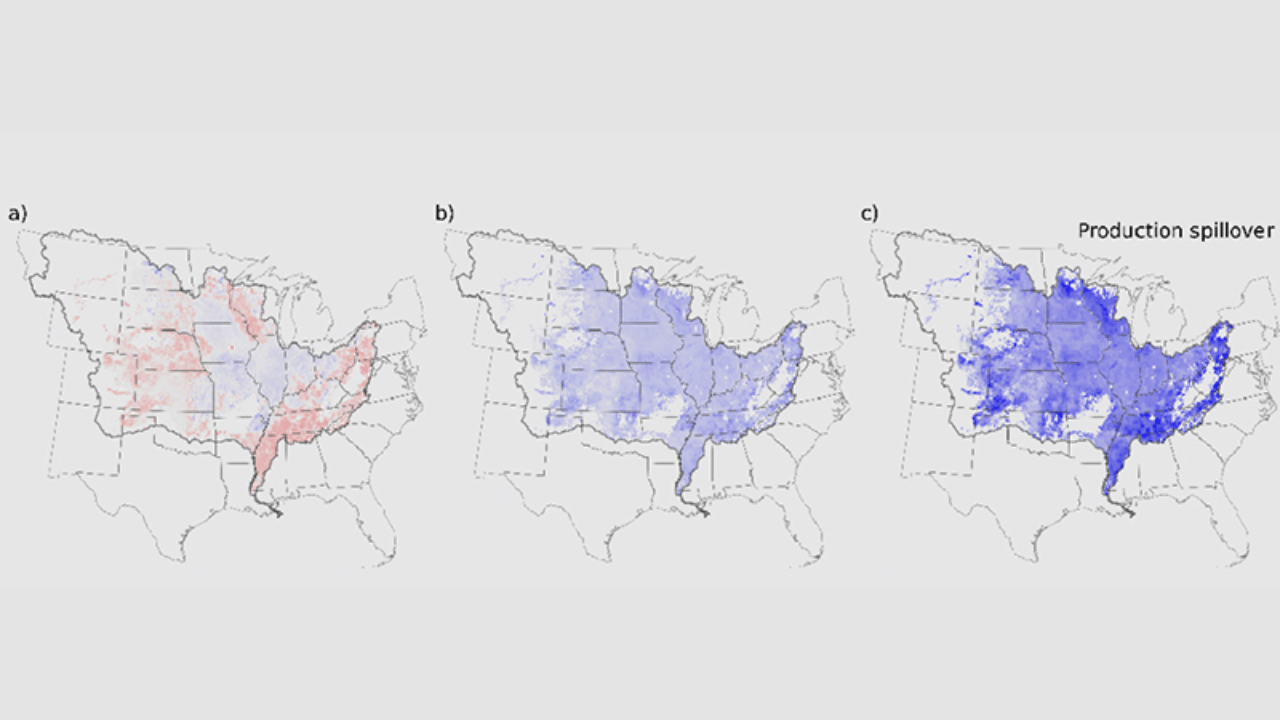One of the ABB FIA Formula E World Championship team, Nissan Formula E, has set out on an inventive adventure to offset its carbon emissions for the 2022–2023 season. This program is a joint venture with Coral, a software company with offices in the United Arab Emirates that specializes in offsetting carbon emissions.
Coral utilizes cutting-edge technologies, such as blockchain and artificial intelligence (AI), to guarantee precise and transparent carbon credit exchanges.Coral has carefully computed and disclosed the team’s overall carbon dioxide emissions, including for travel, waste, and energy use.
The Nissan Formula E Team is acquiring credits from VAXA Technologies, a biotech company known for its creative approach to sustainable operations, in order to meet the offset plan. Plan being, Icelandic Ultra Spirulina (IUS) will be made by VAXA Technologies using clean energy resources and a carbon-negative technique.
The Nissan Formula E Team’s credits will help fund food fortification initiatives in poor nations through VAXA’s Impact Nutrition ACTION program. In partnership with respectable non-governmental organizations (NGOs), these initiatives aim to lessen nutritional deficits in South America, Asia, and Africa.
In October 2023, the Nissan Formula E Team and Coral officially announced their alliance, which was a big milestone in the direction of environmentally sustainable motorsports. Coral’s technology conforms to international emissions monitoring requirements and provides complete transparency and auditability for every premium credit that the Nissan Formula E Team has obtained.
Nissan’s larger commitment to achieving carbon neutrality and producing zero-emission cars by 2050 is reflected in this program. Nissan’s Ambition 2030 plan emphasizes the company’s goal of having over 55% of its vehicles worldwide electrified by 2030.
The Nissan Formula E Team has proven its commitment to lowering CO2 emissions by earning the FIA 3-Star Environmental Accreditation for two years in a row. The Nissan Formula E Team’s managing director and team principal, Tommaso Volpe, stressed the value of openness and the accuracy Coral’s technology provides for determining and offsetting the team’s carbon impact.
Similar Posts
Coral’s founder and head of strategy, Daniele Sileri, expressed gratitude for the collaboration and emphasized how important it is for encouraging environmental responsibility. The partnership with VAXA Technologies is especially significant because it tackles animal agriculture, a significant cause of climate change.
VAXA Technologies is involved in more than just environmental sustainability but also social welfare by addressing nutritional gaps in developing countries. As part of the collaboration with Coral, a precise assessment of the team’s carbon footprint is achieved through the application of Science Based Standards and the Greenhouse Gas Protocol.
Throughout Season 10, Nissan Formula E Team vehicles will bear the Coral logo, signifying the partnership’s dedication to sustainability. Nissan’s participation in Formula E offers a platform for the advancement of green technologies and the promotion of sustainable mobility, in addition to competition.
The policy adopted by Coral, VAXA Technologies, and the Nissan Formula E Team is an excellent example of a complete plan for environmental responsibility in the context of competitive sports. This program establishes a standard for how businesses and sports teams may actively combat climate change and advance sustainable practices.


















